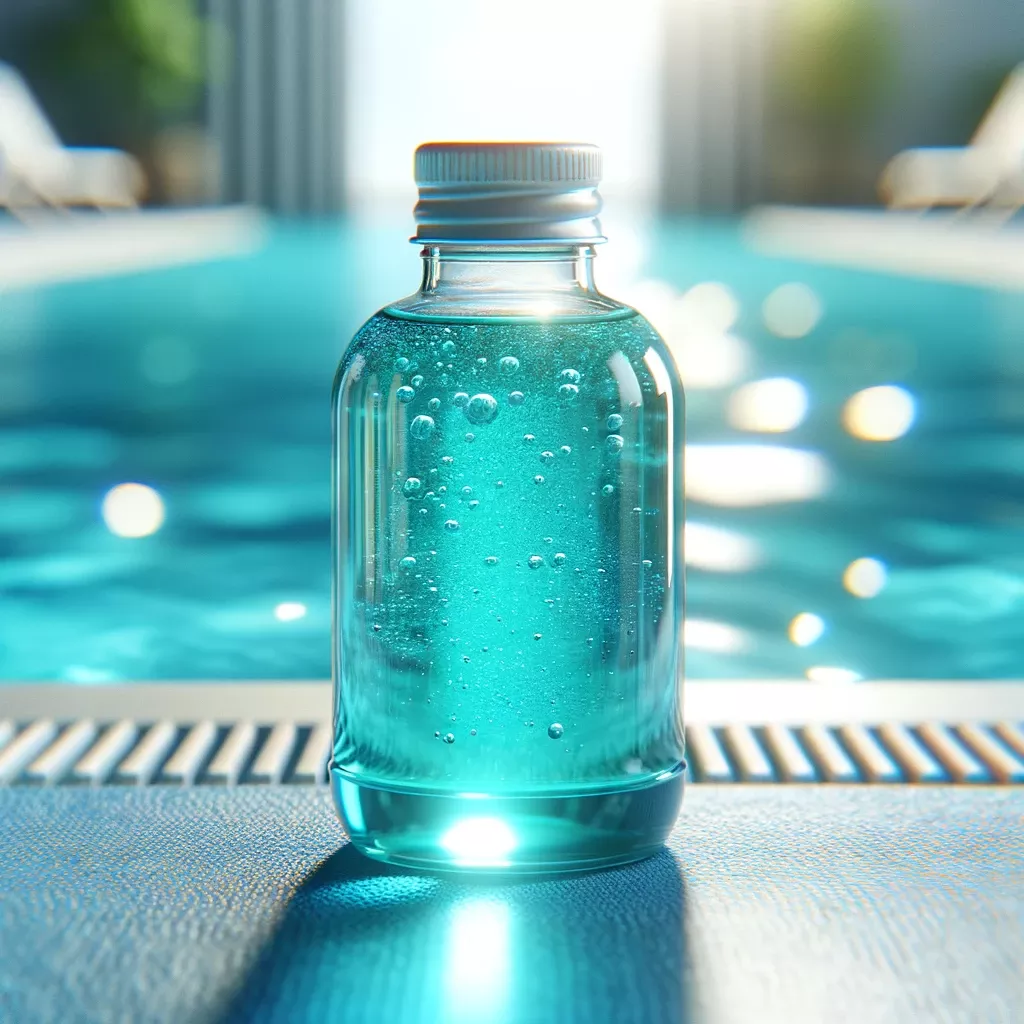As awareness of water environment management grows, the use of chemical algaecides has become a common method for maintaining water quality. However, Water quality managers often face a challenging issue after applying algaecides, namely the excessive production of white foam. This phenomenon not only pollutes water bodies but also draws attention to water safety concerns.When confronted with this issue, there is an urgent need to understand its root causes and explore potential solutions.
The problem of algaecide foaming is closely related to its chemical composition. Among many types of algaecide, some have no foam, while others have significant foam when used. First, chlorine-based “algaecide” usually doesn’t foam, so it’s more applicable. Chloride salts effectively stop foaming while removing algae, keeping the water clear. Another type is polyquaternium. Especially when maintaining swimming pools, the use of polyquaternary ammonium algaecide can effectively avoid bubbling problems and ensure clear and clear pool water.
In contrast, copper-based algaecides usually do not produce foam, offering water managers a dependable option. Copper’s algastatic properties make it a common and effective algaecide without foaming.
However, compared to the previously mentioned algaecides, quaternary ammonium algaecides are an exception. This substance is a cleaning agent with a bactericidal effect, so it will produce a lot of foam when used. For example, “benzalkonium chloride” is a commonly used quaternary ammonium algaecide, but there are other similar substances.

What causes white foam to appear after adding algaecide?
When different types of algaecides interact with algae or other organic compounds in the water, certain chemical substances will be produced, and some will form white foam. At higher doses or under special water conditions, these reaction products may occur.
The effect of algaecide is usually achieved by disturbing the physiological processes of algae, which may lead to the death of algae. When dead algae cells decompose in the water, the organic matter released may contribute to the formation of white foam.
Excessive dosage of commonly used algaecides is also one of them. Adding a large amount of algaecide will cause excessive accumulation in the water body and cause abnormal reactions, such as the production of white foam.
How to get rid of these bubbles?
First, we need to understand that if you add quaternary ammonium salts, it will take a while to remove the foam. This is because quaternary ammonium salt is a bactericidal cleaning agent that produces foam in water. When encountering such a situation, the first thing to do is to wait patiently.
Next, adding chlorine is another critical step. Chlorine effectively inhibits foam generated by quaternary ammonium compounds. Add an appropriate amount of chlorine to facilitate the diffusion of foam. However, care should be taken to add an appropriate amount of chlorine to avoid adverse effects on the water environment.
Finally, circulating water is an effective way to control “white bubbles”. By opening the water circulation system, the foam can be distributed more evenly in the water, thereby accelerating the adsorption and removal of foam in the water.
When solving a foam problem, don’t take anything too extreme, like emptying the entire pool. This is a serious waste of time and effort and may cause permanent pool damage, especially for fiberglass and vinyl-lined pools.
In short, after adding algaecide, many aspects must be considered to control the white foam produced. Selecting the appropriate algaecide, controlling the dosage, and maintaining the balance of the water environment are the main factors affecting the growth of algae species. During the specific implementation process, water quality should be monitored periodically and corresponding adjustments should be made in a timely manner. As long as we operate it carefully and take scientific measures, we can effectively solve these common problems and keep the water quality clean and healthy.

 Instant
Quote
Instant
Quote Email
Us
Email
Us